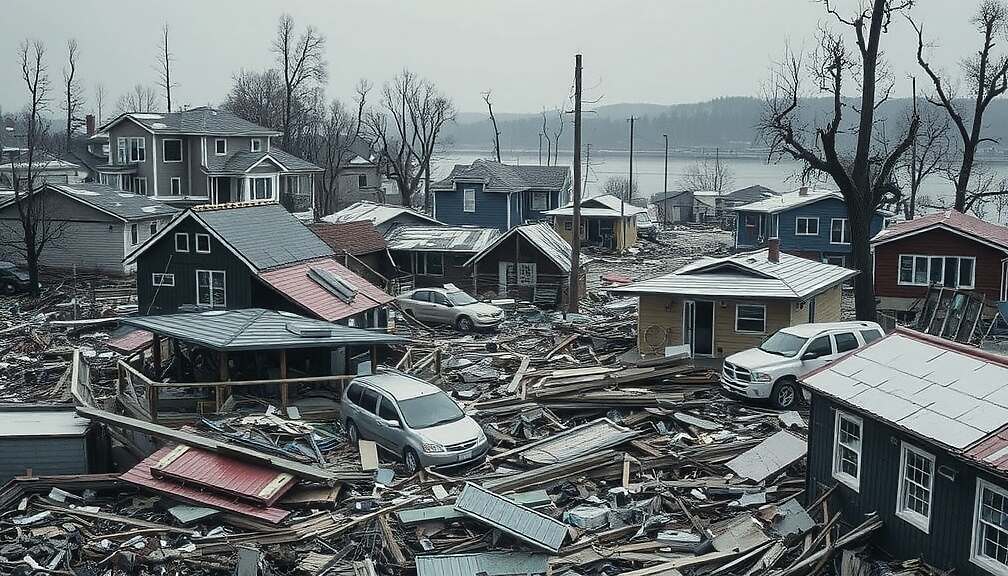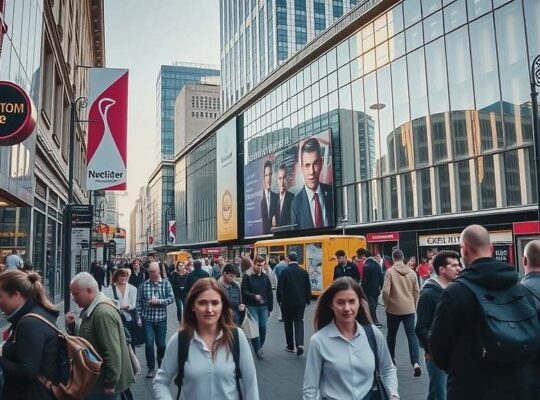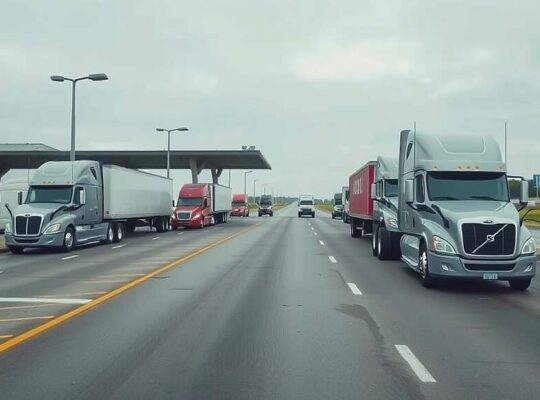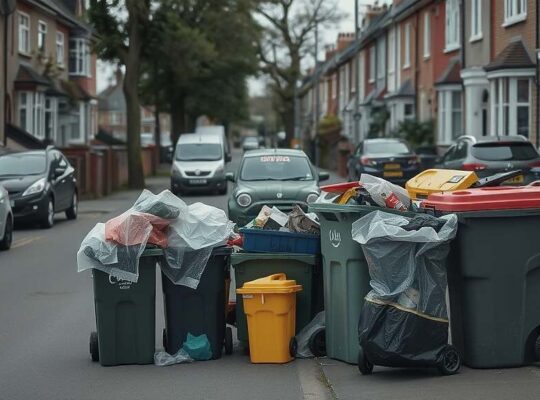Global natural disasters have resulted in approximately $131 billion in overall damages during the first half of 2025, according to a new analysis released by Munich Re. Of this total, $80 billion was insured.
This figure represents a decrease from the inflation-adjusted $155 billion in damages recorded during the same period last year, of which $64 billion was insured. While slightly below the previous year’s value, the current losses remain significantly above long-term averages.
The insured losses mark the second-highest recorded for the first six months of a year since 1980. Only in 2011, triggered by the devastating earthquake and tsunami in Japan, were first-half insured losses greater. Weather-related disasters accounted for 88% of the total damages and 98% of the insured losses, while earthquakes contributed 12% and 2% respectively.
The most costly natural disaster of the first half of 2025 was the extensive wildfires impacting the greater Los Angeles area following a prolonged period of drought. These fires, occurring during a typically rainy season, are estimated to have caused $53 billion in overall damages, with approximately $40 billion being insured. The scale of damage caused by these wildfires is unprecedented. The overall and insured damages resulting from this event nearly doubled the global losses recorded in 2018, previously the most expensive wildfire year on record. Tragically, 29 people lost their lives.
A magnitude 7.7 earthquake that struck Myanmar on March 28th primarily constituted a humanitarian crisis, resulting in an estimated 4,500 fatalities. The earthquake’s epicenter was close to the cities of Sagaing and Mandalay, both with populations exceeding one million. The earthquake generated approximately $12 billion in overall economic damages, making it the second-most costly disaster of the first half of the year, with a minimal insured component.
“Climate change is a fact and is changing life on Earth” stated Thomas Blunck of Munich Re. “Disasters like those in Los Angeles have become more probable due to global warming and they teach us: people, authorities and businesses must adapt to the new conditions”. He emphasized that prevention, incorporating more resilient construction methods, is the most effective approach to minimizing potential damage.












